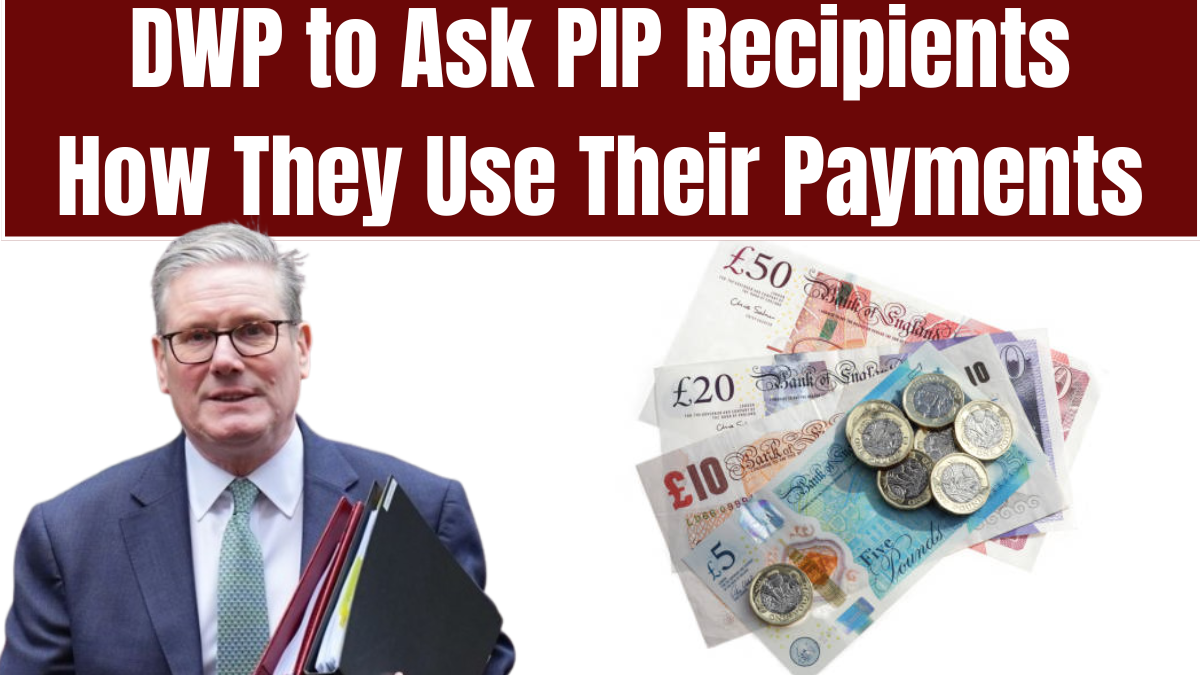In a major step to reassess the effectiveness of Personal Independence Payment (PIP), the Department for Work and Pensions (DWP) has announced that it will survey claimants to understand how they utilize their benefits. This new initiative, scheduled to produce findings by Autumn 2025, is aimed at clarifying how PIP supports individuals with disability-related costs.
Unlike income replacement benefits, PIP is designed to contribute to the additional expenses that come with living with a long-term physical or mental health condition. It remains tax-free, is not affected by income or savings, and is excluded from the benefit cap.
However, upcoming changes could significantly tighten eligibility, as the government prepares to align payments more strictly with need.

April 2026 Will Bring Stricter Eligibility Criteria for PIP
Starting in April 2026, only those scoring at least four points in one of the assessed everyday living tasks (e.g., meal prep or dressing) will be eligible for the daily living component of PIP. This part of the benefit can currently reach up to £441.60 every four weeks, or £5,740.80 per year.
The policy shift is part of broader reforms outlined in Labour’s “Pathways to Work” Green Paper. MP Neil Duncan-Jordan recently raised questions in Parliament about whether current benefit levels are sufficient for the disabled population.
Government Cites Need for Fresh Data on Disability Expenses
Sir Stephen Timms, Minister of State for Social Security and Disability, emphasized the department’s commitment to informed decisions. He stated that the DWP uses various research sources—such as Scope studies and the department’s 2019 report on health and disability benefits—to evaluate disabled people’s living costs.
To deepen its understanding, the department has launched a new survey of PIP recipients, aiming to capture current spending habits and disability-related needs.
Although the survey’s impact on future payment amounts remains unclear, it is expected to shape future discussions and reforms.
Critics Argue Current PIP Rates Fall Short
Disability equality charity Scope has raised ongoing concerns that even the updated PIP maximum of £749.80 per four weeks (as of April 2025) doesn’t go far enough. According to their research, disabled individuals face average extra costs of £1,010 per month to maintain a similar quality of life as non-disabled people.
David Southgate, policy manager at Scope, called the gap between need and support a pressing issue, stating: “The low amount that PIP provides doesn’t go far enough as it is.”
Real-Life Challenges Highlight the Financial Burden
Disability advocate Amelia Peckham, co-founder of Cool Crutches and Walking Sticks, emphasized how hidden and recurring expenses pile up over time.
“From needing heating due to poor circulation, to relying on various mobility aids like walking sticks, wheelchairs, and power chairs, the associated costs are constant and unavoidable,” she explained.
Peckham estimated that disabled individuals spend an additional £12,000 annually due to necessary adaptations and equipment. She added that many are on reduced incomes due to limited work opportunities, making these costs even more burdensome.
“More time spent at home means higher energy bills. And without full-time employment, it’s harder to cover those growing costs,” she said.
FAQs
What is the DWP’s new survey about PIP payments?
The Department for Work and Pensions is conducting a survey in 2025 to understand how Personal Independence Payment recipients use their benefits to manage disability-related expenses.
Will the survey impact PIP amounts in the future?
While no direct changes have been confirmed yet, the survey results may influence future policy and payment levels based on actual claimant needs.
When will the new PIP eligibility rules begin?
The new criteria, requiring a minimum score on assessed tasks, will come into effect starting April 2026.
What is the maximum amount of PIP someone can receive in April 2025?
As of April 2025, the highest amount claimants can receive is £749.80 every four weeks, totaling £9,747.40 annually.
Why are disability advocates concerned about current PIP support?
Experts and campaigners argue that current PIP rates do not adequately reflect the actual monthly costs disabled individuals face, which often exceed £1,000 per month.
Click here to know more.
Aanchal is a passionate writer with a keen interest in storytelling, content creation, and creative expression. She enjoys exploring diverse topics and crafting engaging narratives that captivate readers.

